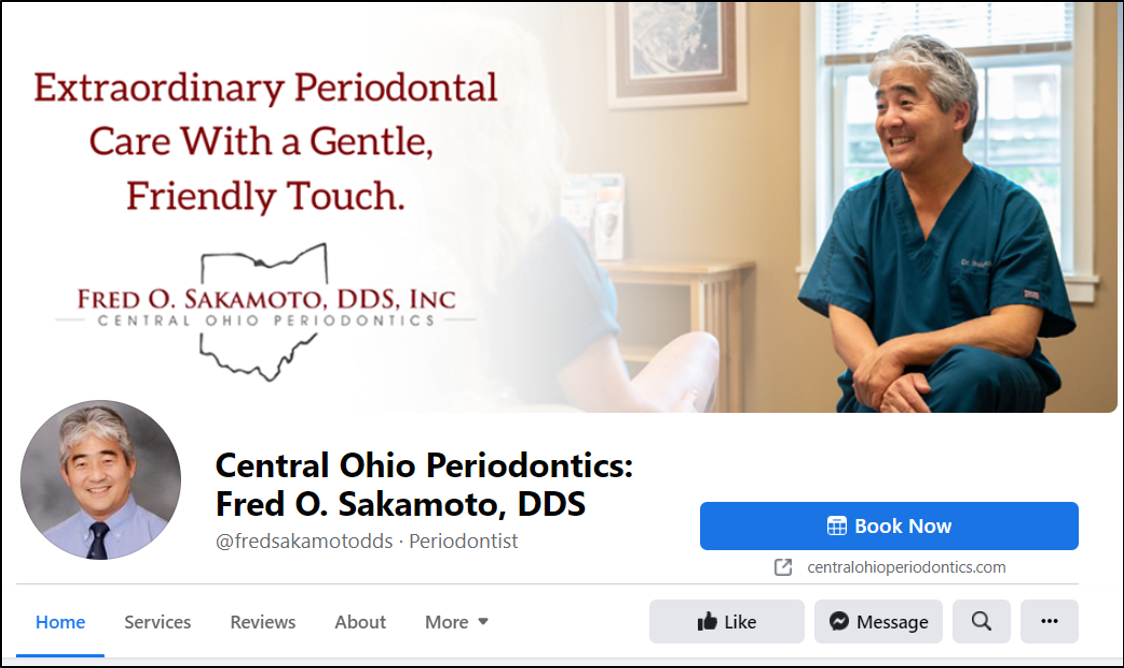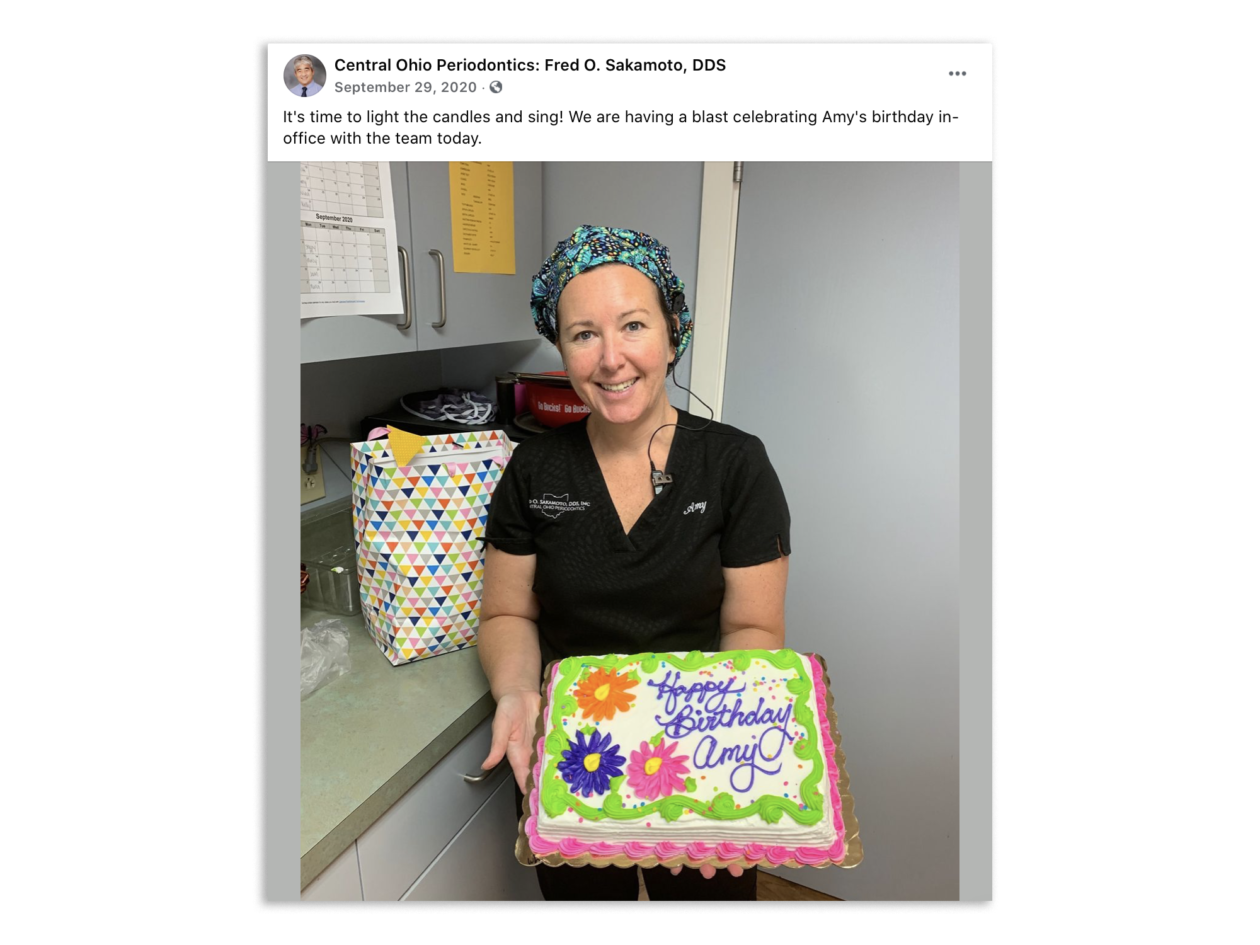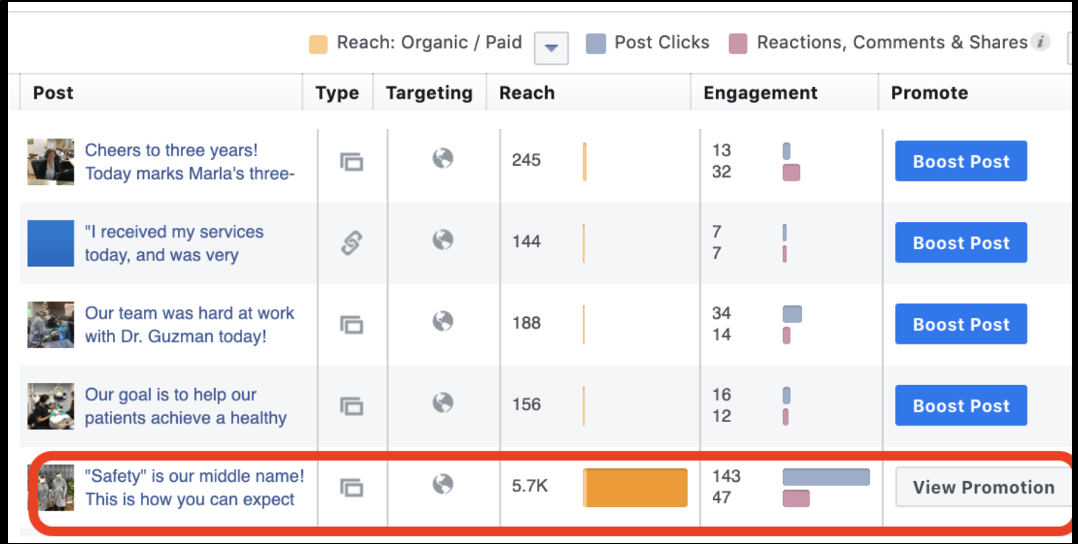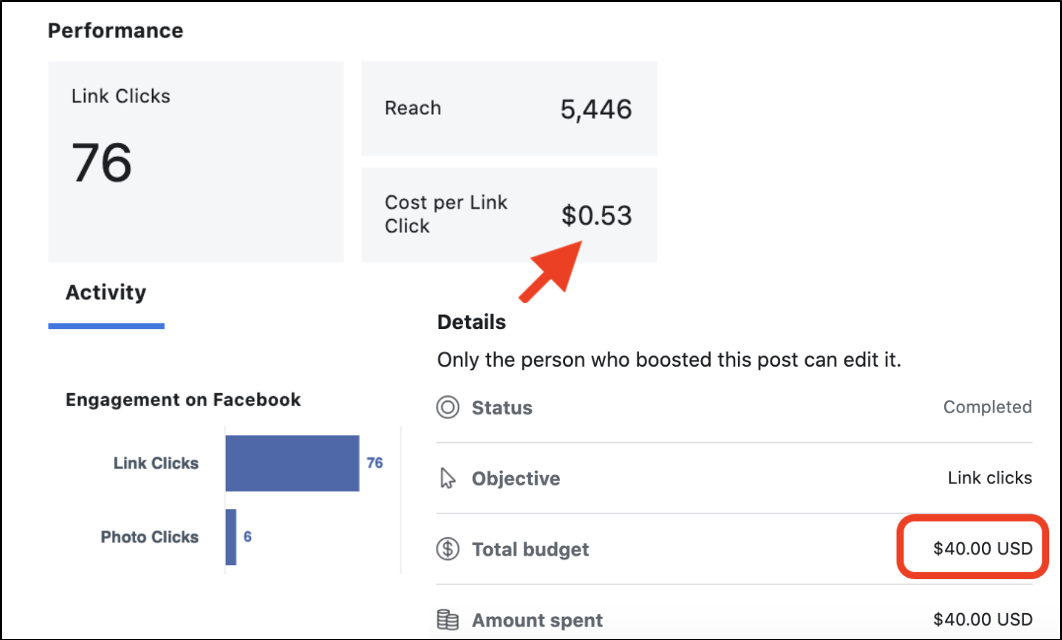By Kristi Simone
This article discusses social media marketing strategy and how you can use social media to build your brand and attract new patients. Specific topics include how and what to post, boosting posts and utilizing social media advertising.
In today’s Marketing Corner, we’re going to be talking about social media marketing and how you can use it to build your brand and attract new patients. In the last decade, social media has developed significantly and now has a huge impact on how patients see your practice. It gives patients opportunities to find new ways to reach you as well—whether it’s through engaging on your page, clicking on an ad, or even chatting directly with you through your social media pages.
Why Social Media Should Matter to You
In addition to being a tool to help build your brand awareness online, social media is a platform for communicating with current and prospective patients about your practice culture and your services. It gives you an opportunity to highlight the great aspects of your practice. You can use social ads to drive clicks and phone calls to get new patients in an affordable way. Social media also impacts your search engine optimization, meaning it affects your search rankings on a Google search.
The average daily time a person spends on social media is about two and a half hours. That ranges from people who are 12-year-olds all the way up to individuals who are 65. Moreover, with 68 percent of Americans active on social media, social media is clearly here to stay. It’s time for you to understand how you can leverage it to build your practice.
Social Media Channels
We emphasize four key social media channels for our dental practices—Facebook, Twitter, Instagram and Snapchat. Initially, we recommend that dentists focus on Facebook because that’s where the typical dental patient demographic lives. Your usual patient demographic is mostly women between the ages of 30 and 65. These are the decision-makers in the household, and they’re on Facebook frequently. We also have our clients concentrate their efforts on Facebook because it’s hard to succeed on multiple social media channels unless you are already familiar with these channels and are willing to manage and post frequently.
How Facebook Impacts Google Rankings
We know Facebook impacts your Google rankings because it contributes to your practice appearing when a patient is searching for a dentist near them on search engines. As an example, let’s say you post on your Facebook page with a link to your website. Then, one of your patients shares that post on her page, and her Facebook friends share it. When those people click on the link to your website, Google interprets those shares and clicks as signals that your information is more credible and more prominent than similar sources.
This is because Google pulls search results by relying on four different factors—relevancy, location, credibility and prominence. Activity on your social media channels helps Google see you as a great practice to recommend when people are searching for a dentist.
The Social Media Path To Purchase
It’s clear, the more signals or activity you have, the more likely that you are to show up on a Google search—this includes social media activity. Let’s explore how social media impacts a patient’s decision to choose you over another dental practice. For our dental practices, we’ve found more than half of the people who use social media in your demographic are researching products online via their social media network. They’re also interacting with the buy, learn more, and call now buttons.
These buttons are examples of a call to action. Having calls to action on your social posts is imperative in guiding your audience to purchase from you. Your audience is also using social media to discover different brands or different services that dentists are providing, furthering the idea that people are using social media to research, shop and buy.
Three Steps to Developing Your Social Media Strategy
The first step to developing a social media strategy for your practice is posting. That’s the most important aspect: actively participating in social media. Later on, we’ll discuss further strategic actions like boosting your posts and advertising.
1. Post With Purpose
Once you’ve created social media accounts for your practice, posting is the number one priority. Being active on your social media channels means making sure there is a goal behind every post you create. Consider questions like:
- Are you trying to build your brand?
- Are you trying to drive conversions?
- Are you trying to showcase your culture?
Remember to post with feeling. Social media users aren’t thinking about work when they’re scrolling through their phones or on their laptops. They’re looking for fun and engaging content. Don’t post a generic photo and expect to get much audience interaction.

Let’s take a look at our client’s Facebook page. Central Ohio Periodontics has a very active page they get a lot of traction on. Their page has engaging content, including an optimized banner image which is updated frequently, as well as a photo of the practicing doctor (Dr Sakamoto) as their profile photo for a more personalized touch.

When they post on a regular basis, they’re posting personal and engaging content: Amy’s birthday post, for example. This post reached 243 people and 60 different people engaged in that post; 35 of those 60 liked or loved it. In Facebook terminology, engagement means users have either commented, shared or liked the post. Posting authentic messaging on your social media pages, especially Facebook, helps your patients identify with you and your team. Through social media, your patients also develop a better understanding of why they should come to your practice.
Engage With Your Followers
As you’re posting, we recommend keeping up with the comments your posts attract. Replying or reacting to your followers’ comments goes a long way in building a relationship with them and gaining their trust.
Create Goal Oriented Posts
You can also use your social media pages to call attention to specific services or seasonal promotions happening at your practice. For example, October is a great time to launch a Use It or Lose It campaign if your practice accepts insurance. Communicate on social media channels that patients need to use their dental insurance before the end of the year when their benefits expire. Be sure to create a mix of different types of posts, including personal and promotional.
2. Boost Your Posts
Once you get used to the process of posting on social media and interacting with your audience, your next step is to boost certain posts. Simply put, boosting posts on social media is an affordable and effective way to ensure more people see your post. Boosting reaches current and prospective patients through highly targeted demographics, and it will help build your brand more effectively.

Observing the back-end of Central Ohio Periodontics post results, there are general, un-boosted posts that reach roughly 245 people. By boosting a post with $40 for seven days using specific demographic targeting, we can reach 5,700 people with 143 different types of engagements.

In this example, our goal was to drive people to click a link to schedule an appointment online. We spent $40 total to boost the post, the cost per click was 53 cents for 5,446 people, and we received 76 link clicks and six photo clicks.
Use It or Lose It Campaign
Boosting posts has a significant impact on your branding and attracting patients to your practice. For example, if we wanted to boost a Use It or Lose It campaign, start by clicking on the boost post option. Every post on your Facebook page has this option.
If you click boost post, you’ll see many different options for boosting your post. As discussed earlier, having a call to action is imperative. So we recommend adding a button with a call to action like book now or learn more.
You can also select the groups of people you want to target. For example, you can target a specific demographic age group within a set mile radius around your practice. There are a lot of different ways you can specifically target your posts to reach the right patients at the right time—with the right call to action.
When boosting your posts, also remember to consider your budget for each campaign. If you have any questions regarding how to boost a post, please feel free to reach out to the experts at Whiteboard Marketing.
3. Utilize Social Media Advertising
As you become more familiar with boosting your posts, the next step is to advertise on your social media channels. Separate from boosting posts, which is a regular post with advertising dollars behind it for a few days, advertisements run consistently on social media channels and are not always presented natively as a regular post.
You may recognize sponsored posts in your news feed as you browse social media—those are typically your pay-per-click ads. They accomplish similar goals as a boosted post, but they run for a longer period of time. You also have a little more flexibility in what you can put on your ads and the number of photos you can use. For example, you can have one campaign with six different photos on it. This means as audiences view your ad, the images rotate to offer a varied ad experience.
Facebook + Instagram
Similar to boosted posts, Facebook and Instagram ads are also very affordable. If your practice is on Instagram, you can run your Facebook ads on Instagram through the same back end. This can be done with relative ease because Facebook owns Instagram.
Social Boost + PPC Budget Recommendations
We recommend a boost budget of about $50-$70 per month with about $20-$40 per boost, depending on how big your target audience is. For your pay-per-click advertising, we recommend you start out at around $200 to $250 per month for each campaign. Referring to our earlier example, if you’re going to create a Use It or Lose It campaign, you will want to run that for about $250 a month.
Google + Facebook: Cross-marketing Channels
Another social media marketing opportunity for your practice is cross-promotion and cross-marketing between Google and Facebook. Looking at your Google My Business page, if you have an active profile on one of those social media channels, Google will sometimes find and add your social media profile to your Google My Business page. This is beneficial to you because as patients are searching your page, they can click on your social media pages from that direct connection.
Visit our website at whiteboard-mktg.com for more information and resources you can download and use for your practice.



